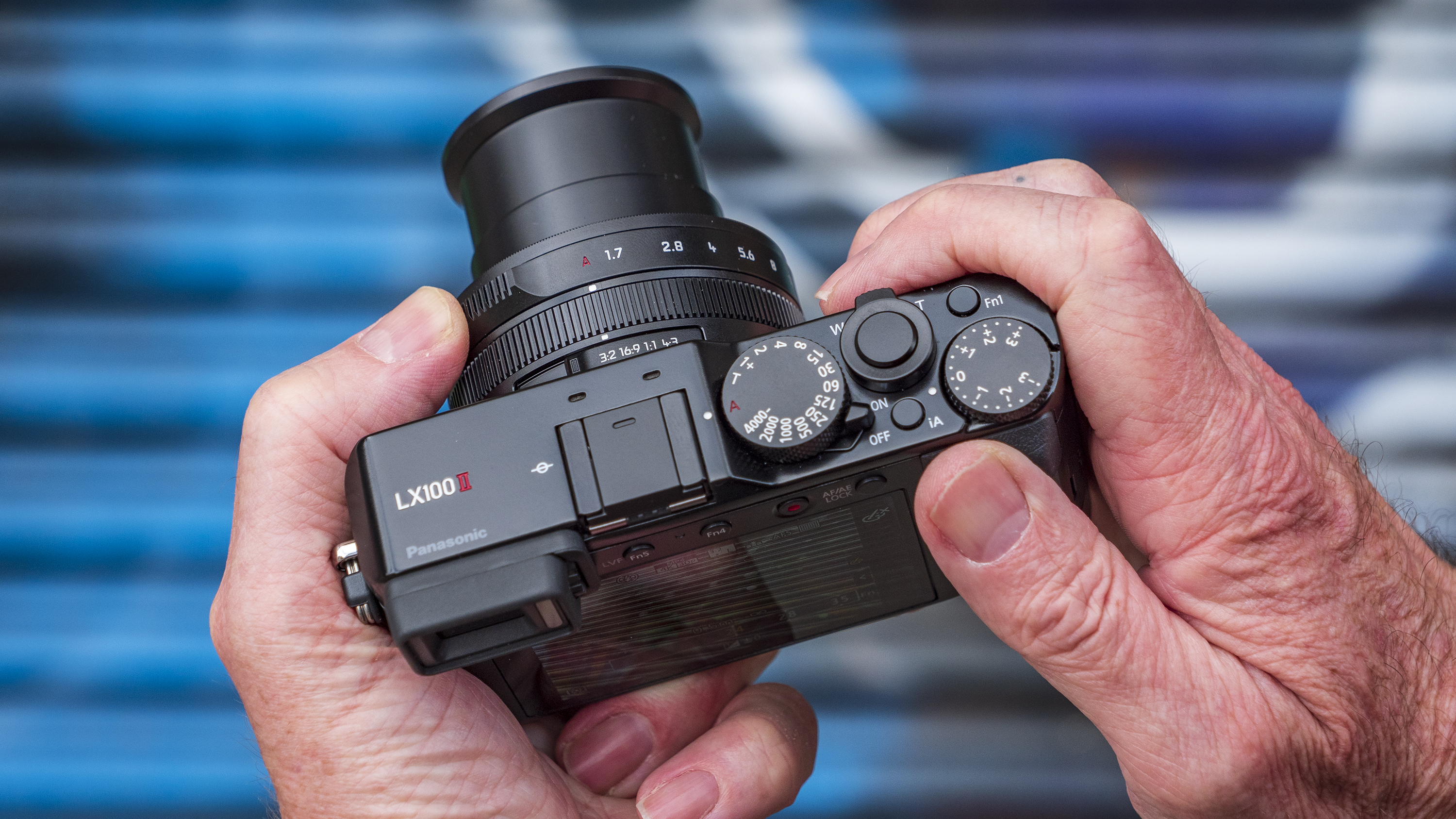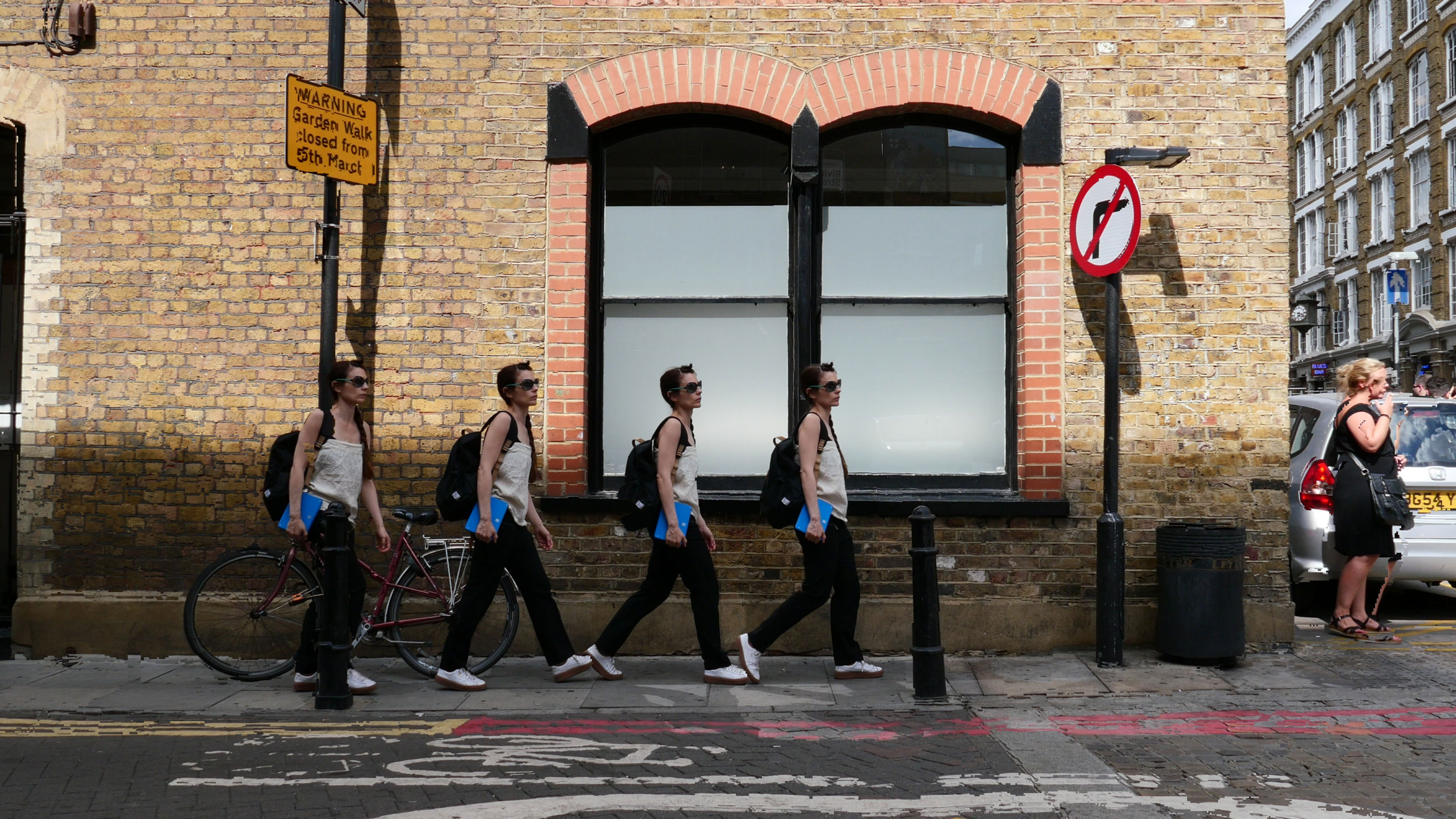The Lumix LX100 II is the long-awaited follow-up to Panasonic's brilliant high-end compact camera, the LX100.
With some cameras you’re looking for a single killer feature, such as resolution for commercial photographers, or speed for sports shooters; but if your interest is travel and street photography you need a more complex balance of qualities – and the Panasonic Lumix LX100 II appears to provide pretty much all of them.
Features
- 17MP multi-aspect Micro Four Thirds sensor
- 24-75mm f/1.7-2.8 standard zoom lens
- 4K video capture
For a start, you want as big a sensor as possible without compromising on size, speed or lens specifications. The Lumix LX100 II achieves that with a Micro Four Thirds sensor that's some 1.6 times larger than the 1-inch sensors now considered the baseline standard in premium-quality compact cameras.
And then you want a lens with a good zoom range without being lumbered with a slow maximum aperture, and you get that too thanks to the Leica DC Vario-Summilux f/1.7-f/2.8 lens carried over from the original LX100. It offers a useful 24-75mm equivalent zoom range, and a fast maximum aperture, even at full zoom.
You also want a camera with efficient, usable external controls, and the LX100 II has that with shutter speed and EV compensation dials on the top plate and an aperture control ring around the lens.
The original LX100 offered all of this, but the LX100 II takes it further with a whole series of improvements and additions. The resolution of the multi-aspect sensor has been increased from 12 to 17 megapixels, the EVF resolution has been increased, and the rear screen is now touch-sensitive.
The LX100 II’s Picture Styles now include Panasonic’s latest L.Monochrome and L.Monochrome D modes, the 4K Photo mode gets a new Auto Marking and Sequence Composition mode, and you can now charge the camera via USB from a power bank or a laptop computer.
Build and handling
- Exterior design little changed from LX100
- Plenty of external controls
- Enhanced handgrip

The shutter speed dial and lens aperture ring give you real hands-on exposure control
Externally, the LX100 II looks very much like the original LX100, but a new grip design makes it a little easier to hold securely. It’s small enough, just, to fit in a jacket pocket, although you’ll have to switch it off first, as the retracting lens extends some distance when it’s switched on.
The shutter speed dial and aperture control ring have a firm, precise action, although the f/1.7 marking on the aperture ring only applies at the widest zoom setting. The focus mode, aspect ratio and aperture rings on the lens are squeezed quite close together, though, so you need a certain amount of dexterity to change the aspect ratio setting.

The viewfinder resolution isn’t the highest, but it’s perfectly adequate
The EVF resolution isn't the highest, but it’s more than adequate and works very well in bright light if the rear screen becomes hard to make out. The rear screen itself is sharp and clear and responds very well to touch input – in fact too well at times, since as ever with touchscreen displays it’s a little too easy to touch the screen with the heel of your hand while holding the camera, and then find that the focus point is way off in the corner when you go to take the next shot.
You can switch off the touch control if you want to, although it’s undeniably useful for setting the focus point position (even while using the EVF), and the touch-shutter mode is handy for macro shots, or even surreptitious street photography with the camera held away from your face.
It’s a shame the screen is fixed, however, without even a tilt mechanism. We’ve got so used to these in compact cameras that it’s a bit of a blow not to get one here.
The autofocus speed is very good, as you’d hope in a camera designed for shoot-from-the-hip travel and street photography. Panasonic claims a focus time as fast as 0.1 seconds, and the LX100 certain feels responsive. You can point and shoot in a single action without worrying if the camera’s had time to focus.
The zoom action, however, is somewhat different. You can use either the zoom lever around the shutter release button or the multi-function control ring on the lens, but both respond quite slowly. This is one area where regular ‘mechanical’ zooms have a major advantage, and it does detract from the LX100 II’s responsiveness in other areas.

The LX100 II is easy to shoot with. but finding some of its more advanced features requires some determined menu exploring
This is a powerful camera that's packed with technology; however much of this relies on somewhat delicate and intricate interaction with the touchscreen display icons and menu system, and while the LX100 II’s physical controls are first rate, the digital interactions do get a bit fiddly.
Performance
- Image quality appears to be very good
- Good range of Picture Styles
- Tested using a pre-production camera
We spent a couple of hours trying out the LX100 II in real-world shooting scenarios, which was enough time to get a sense of its capabilities and image quality. We were using a pre-production camera, though, so the image quality may not be representative of the final version.
That said, the definition captured by the 17-megapixel sensor and Leica-badged lens was very impressive, with pin-sharp detail in our wide-aperture portrait shots.
The exposure system proved reliable throughout our street photography session; the exposure compensation dial was needed only a few times, and in situations where you’d expect to have to take control anyway, such as shooting a portrait subject in bright light against a dark background.
The auto white balance system proved equally reliable in regular daylight – though there was no chance to test it under artificial lighting – and Panasonic’s L.Monochrom D Picture Style gives rich black-and-white images. The effects modes are more of a novelty, although the sun flare effect is surprisingly appealing.

The yellow street sign, top-left, looks a little strange, but for a handheld first attempt with the LX100 II’s new Sequence Composition mode this has come out pretty well
The Sequence Composition mode is especially clever, and although you have to do some in-camera editing, it’s nothing like as arduous as trying to achieve the same effect with layers and masks in a program like Photoshop.
Early verdict
The Panasonic LX100 II feels just like its popular predecessor: a portable, responsive premium compact camera with a fast lens and appealing external controls. The new grip makes it better to hold, and the increased resolution is welcome. Panasonic hit a bit of a sweet spot with this camera the first time around, and although it's complex and fiddly in some areas the LX100 II has lost none of the original's appeal.
We’ll give the LX100 II a full review when a final production version becomes available.